- Best Cultivator Attachments Guide - December 23, 2021
- How to Find the Best Leaf Blower Attachment - December 23, 2021
- Best 21 Inch Lawn Mower Blade Options - December 18, 2021
You’ll notice St. Augustine grass dying towards the end of Winter or early Spring. So, if you’re looking to find out how to revive St Augustine grass, you’ve come to the right place.
In this article, I’ll be covering some of the biggest issues facing St. Augustine grass and how you can revive dying grass. In short, you could replace it, but it’s best to attempt to revive it first just to save you time and money.
Let’s start by looking at some of the most common reasons why St Augustine grass browns.
Common Reasons for St. Augustine Browning
If you’ve suddenly realized that your grass is starting to die, then you might be slightly confused as to why especially if you’ve done your best to keep it alive. But there are several reasons, some of which relate to garden care and others that can be blamed on nature. Thankfully all these issues can be reversed with enough work.
Drought
When under drought stress, your St. Augustine grass will start to brown. This is a massive sign of oncoming dormancy. It’s recommended while in drought conditions, you water your grass two to three times a week.
Over-Fertilizing
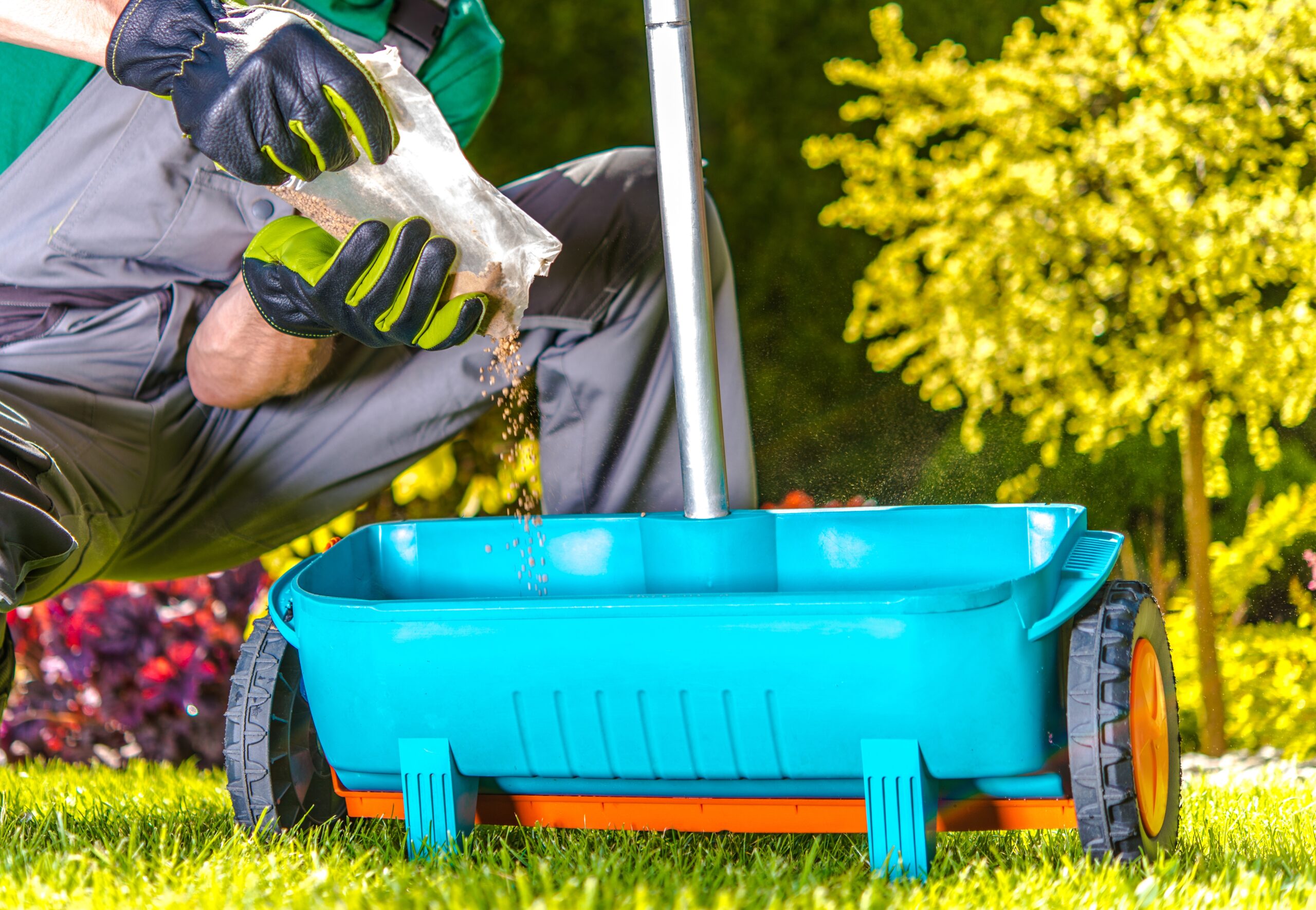
Make sure you don’t feed your soil anything above the recommended amount. The fertilizer will begin to burn too much, which will cause your grass to brown. I recommend you avoid putting down more than 1 pound per 1000 feet.
If you do end up over-fertilizing your lawn, you could end up with a coating of fertilizer on the soil over your entire lawn. The salts and nitrogen in fertilizer can cause leaf scorch, and there will be a yellow color on the lower leaves.
Mowing Stress
Your grass could be suffering from stress after being cut to a shorter length than it should be. I recommend cutting just a third from your grass each time.
Pest Problems
Too many pests in your grass are bound to end badly. Whether they are there to pass an infection or just using your grass as a food resource, it’s best to avoid them.
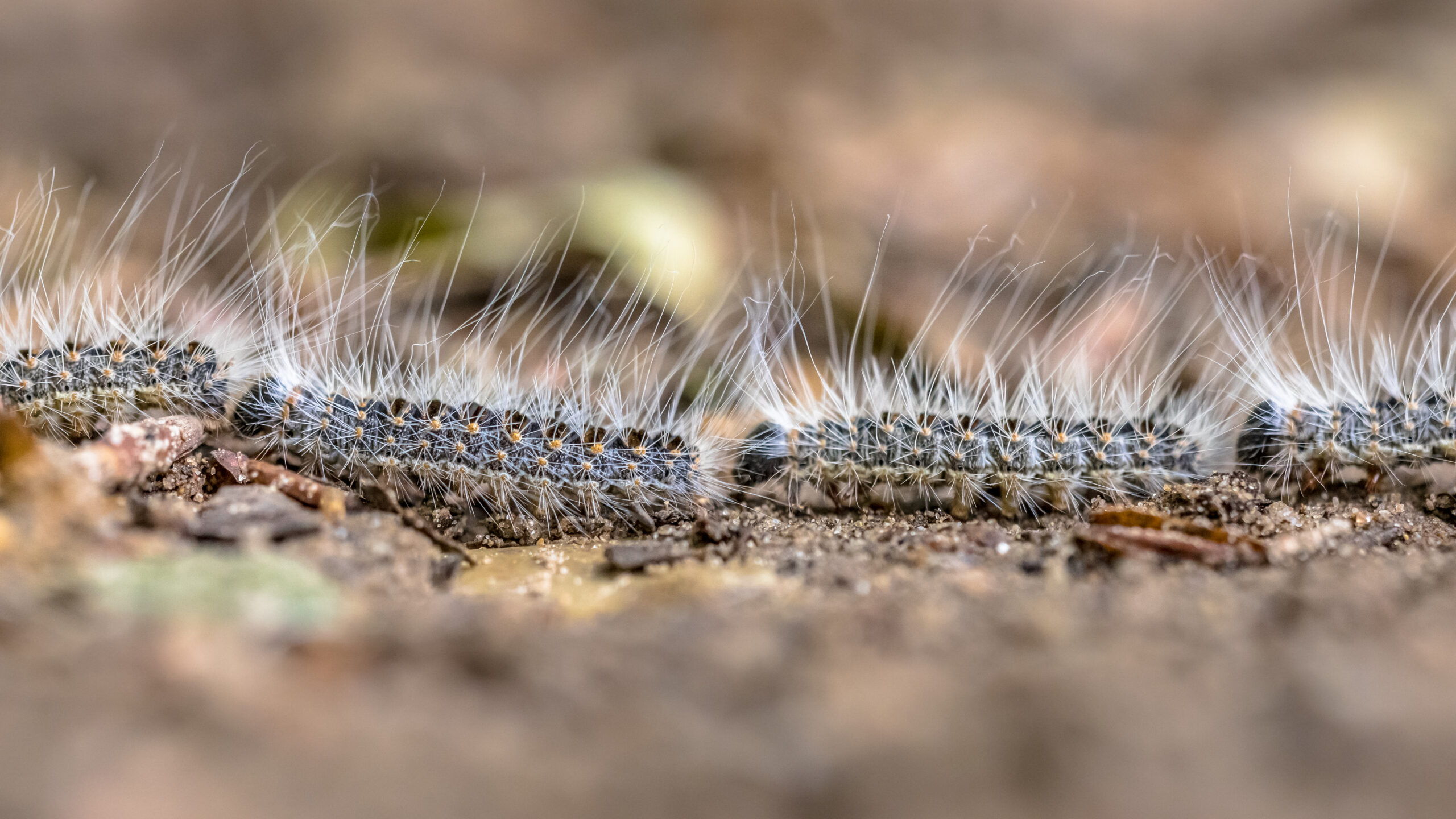
Brown Patch
Brown patch is the disease that will likely affect your St. Augustine grass. This disease will come from a fungus, and it spreads best in higher heat conditions. If you haven’t watered your grass at a reasonable time during the day, it could leave it wet overnight, which will open it up to attacks from this fungus.
Frost Issues
If your grass is starting to brown at a rapid rate, then this could be because it’s suffering from frost damage. This is likely going to be the most difficult issue to fix. It’s not impossible by any means. However, it is really difficult, especially if you don’t catch the issue early.
Bad Soil
Your St. Augustine grass won’t live long in poor soil. That doesn’t mean that it can’t grow in various soils, but it does need enough moisture and aeration. If you’re looking for a great aeration tool, we have an excellent article covering the best lawn aerators.
Thankfully most of these issues are easily solvable if you follow the steps below.
Reviving St. Augustine Grass
Watering
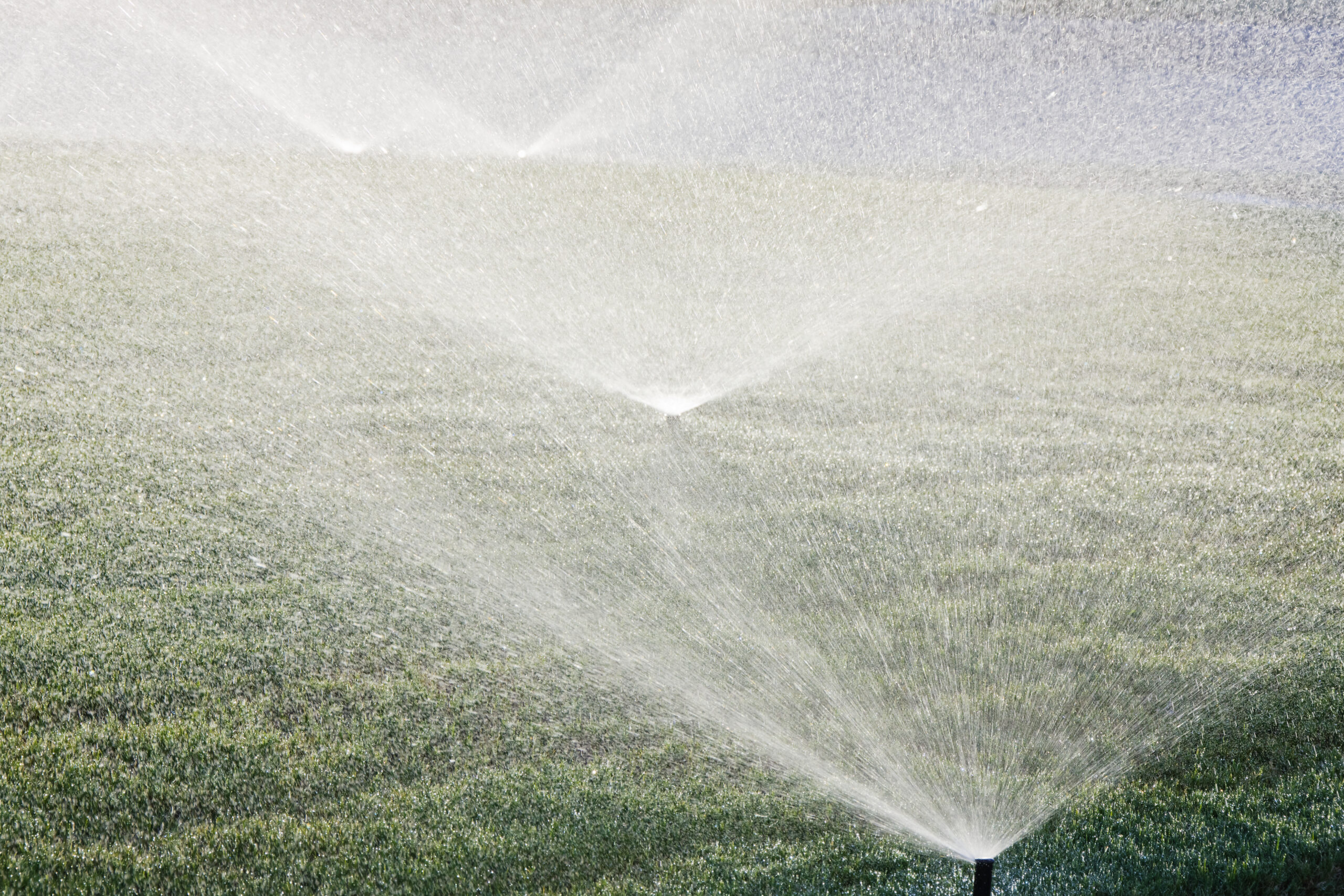
You should start watering your grass as soon as you notice it turning brown. It could bring grass as old as 3 weeks back to life and turn it green again. There are a few things to keep in mind, however when watering the grass:
- You should use ¾ inch of water.
- Twice a week should be enough for St. Augustine grass
- In growth, season use 1 to 2 inches of water, whereas, in drought season, you should use 6 inches of water
Get Rid of Excessive amounts of Salt
If your grass is suffering from fertilizer, it will start to look dead. The lower grass will begin to yellow, and soon it will turn brown. To fix this issue, you’ll need to use 1 inch of water to wash away the excess salt. Watering your grass daily for a week should be enough to clear out the salt. However, avoid overwatering your lawn as this can cause even more issues such as growth problems.
Use a Grub Killer
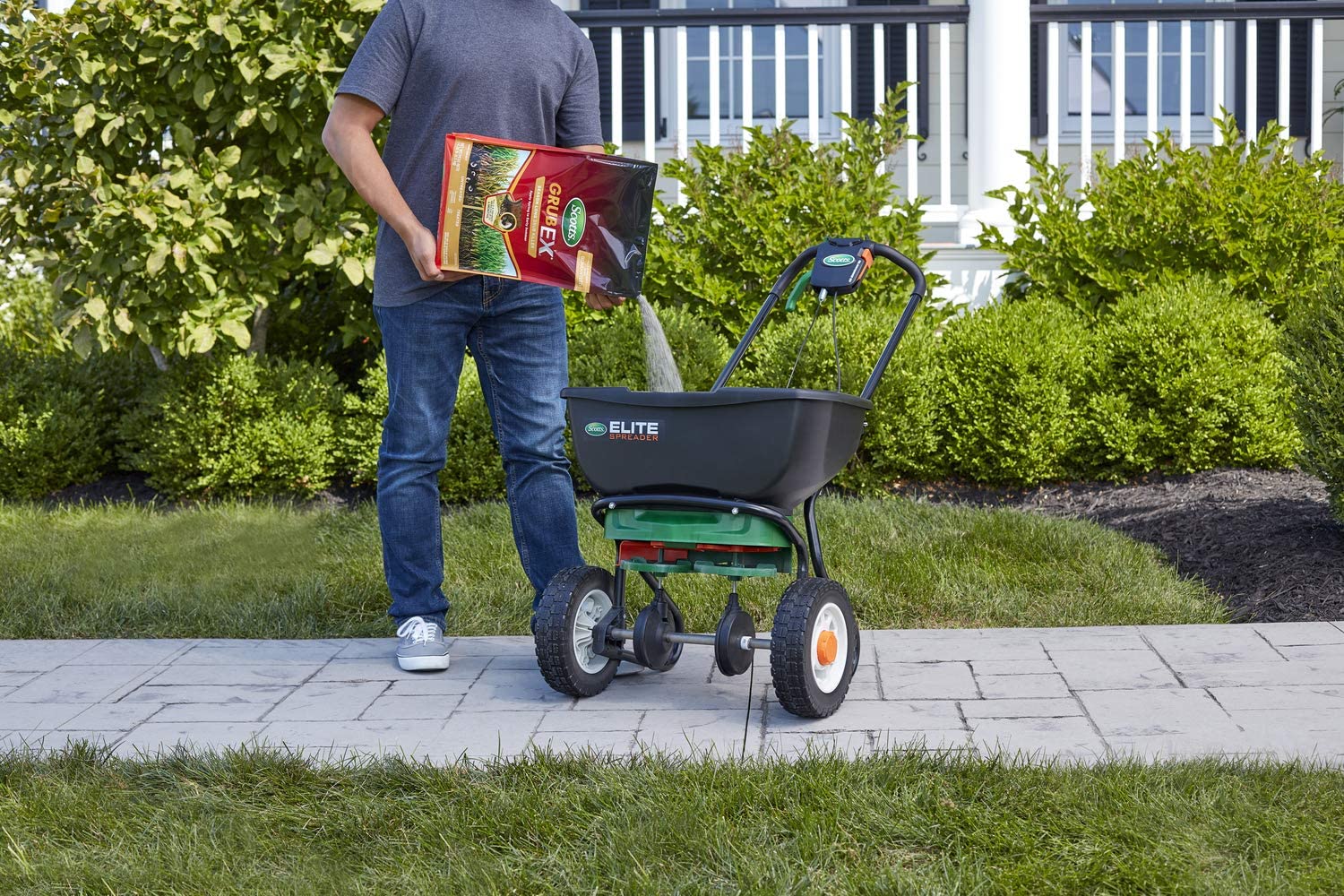
Grubs are a kind of pest that will infect your lawn and begin to feed on it. If this infestation carries on for long periods of time, you’ll notice patches of your yard with dead grass. If you kill the infestation quick enough, your grass could potentially return to its original state.
The best grub killer available is Scotts GrubEx1 Season Long Grub Killer. After applying the grub killer, you won’t notice another infection for at least four months. It will also prevent damage to the roots making your lawn stronger.
Preventing Brown Patch Disease
Brown patch is a disease that can easily affect your lawn when the grass is left wet for long periods of time. If you see signs of a brown patch, it’s best to use a fungicide. This will kill the fungus efficiently, and hopefully, your grass will turn green again soon after that.
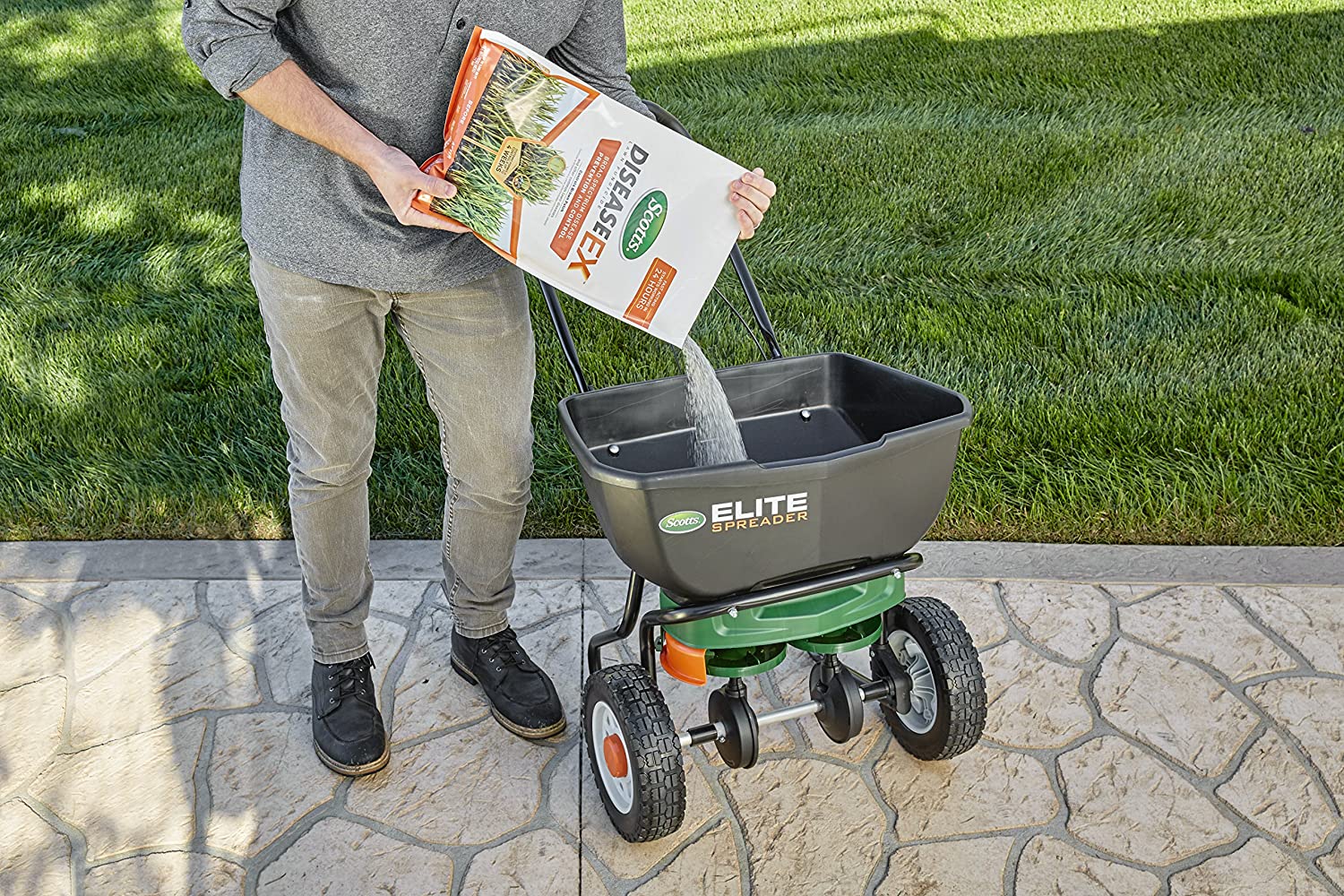
The best fungicide to use is Scotts DiseaseEx Lawn Fungicide. In the space of 24 hours, it will start to cure Brown Patch. It is also effective against 25 other diseases that can infect your grass.
Soil pH Levels and Nutrients
If you have poor soil quality, your grass is bound to be affected. This might come from the soil pH levels being incorrect or a lack of nutrients.
- To lower acidity levels, you’ll want to use something with Lime in it, whereas if you want to raise them, it’s best to use aluminum sulfate or sulfur.
- You can feed the soil nutrients if you think it’s necessary. Garden compost should include all the nutrients your soil requires
Other Fixes
There are a few other simple fixes that could revive your grass:
- Don’t harm the grass with foot traffic
- Be careful when mowing your lawn. Allow the grass to grow a bit more to strengthen your roots
Reseeding Your Lawn
Sadly if your grass has been dead for over 5 weeks, the best option might be to reseed your lawn at the start of Spring. Now, this could be patches of the lawn or the entire thing itself. It really depends on how much of your grass is dead.
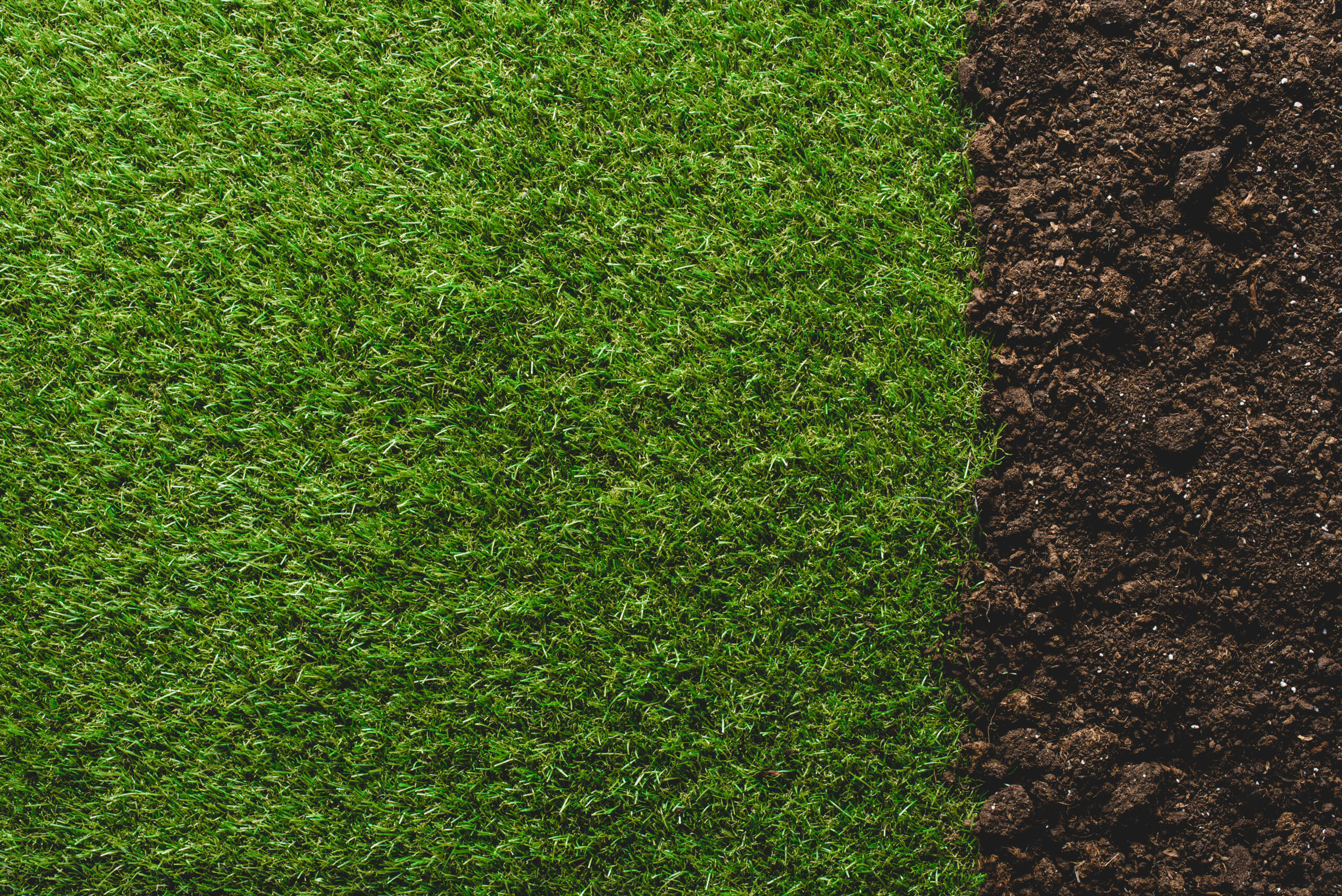
This will give you the perfect green color again. This just isn’t the favorable option, but if you want your perfect grass back, it’s the best way to go.
Replanting vs Reviving St. Augustine Grass
- It should only take up to fourteen days to grow the grass completely, whereas it can take three weeks for the grass to revive after looking after it daily.
- Reviving your grass will be significantly cheaper than getting a whole new seed for your yard.
- Your grass will likely have a better chance of growing healthy if it is new, whereas a few issues are bound to stick with the grass you fix
Don’t get me wrong; it’s still best to revive your grass. However, if you end up replacing the lawn, it might be best to go with an alternative grass.
Alternatives to St. Augustine Grass
If you’re looking to replace your dead grass with a whole new grass type, then there are a few different options that will perfectly suit your needs.
Bermudagrass
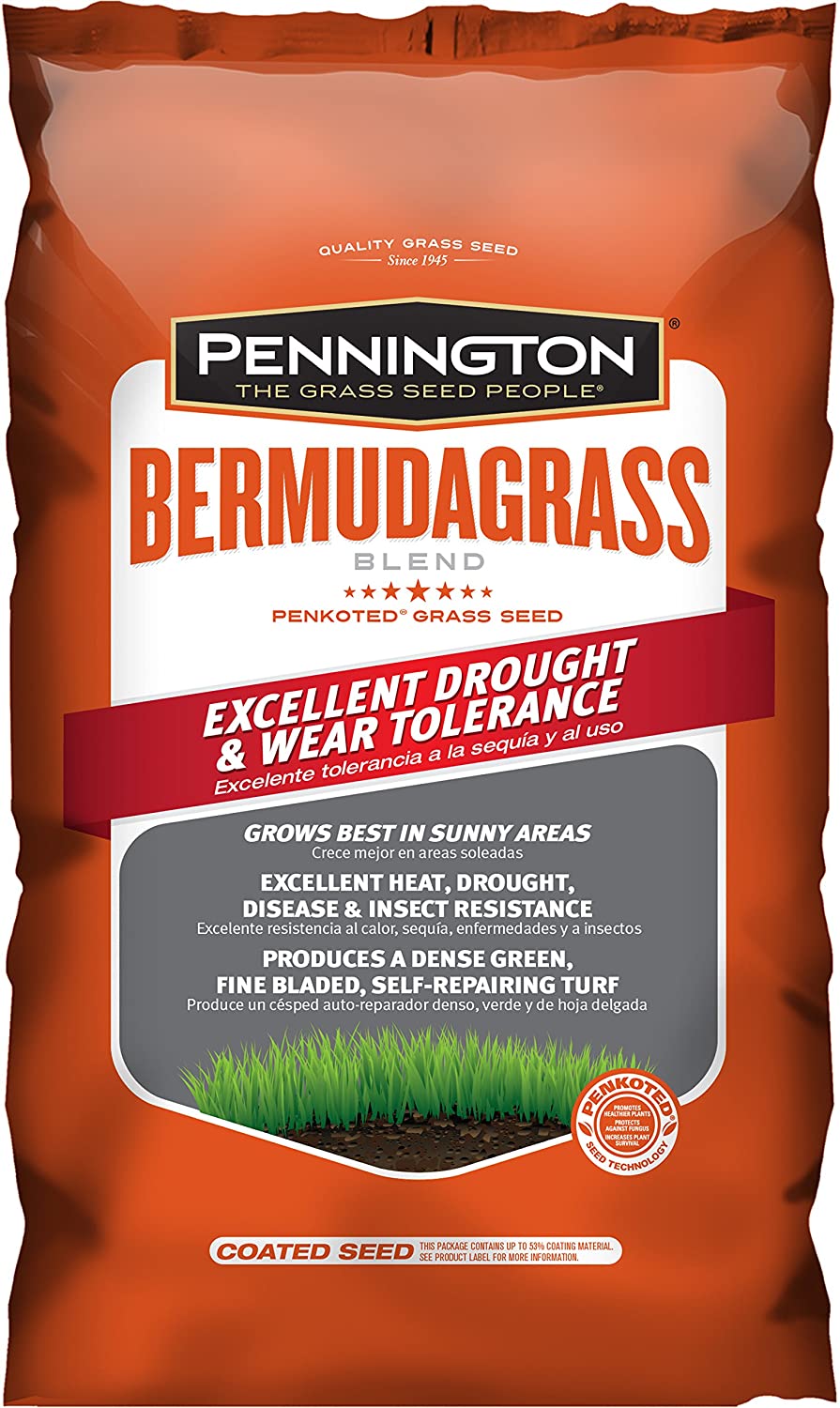
Bermudagrass is a warm-season grass that shares a lot in common with St. Augustine. However, it is more drought resistant and can take a lot of damage from foot damage. This makes it perfect for families with kids and pets who often play in the yard. We posted a handy article on the differences between Bermudagrass vs St. Augustine grass.
If you’re looking for the best Bermudagrass seed, I highly recommend the Pennington branded seed. It’s excellent at resisting drought conditions. Something that I highly recommend if you want to lower the chance of needing to revive this seed.
Zoysia Grass
Zoysia grass is a warm-season grass with a much-improved resistance against cold weather conditions. It still thrives in warm weather, so make sure it receives plenty of direct sunlight. It can take a lot of foot traffic and tolerates drought conditions like similar grass types.
We’ve also compared Zoysia vs. Bermudagrass in another article if you’re looking to find more on this excellent grass type.
I highly recommend picking up Dibbs Farms Pure Zoysia grass seed. The packet offered should suffice for your yard as it will cover around 1,000 feet.
Centipedegrass
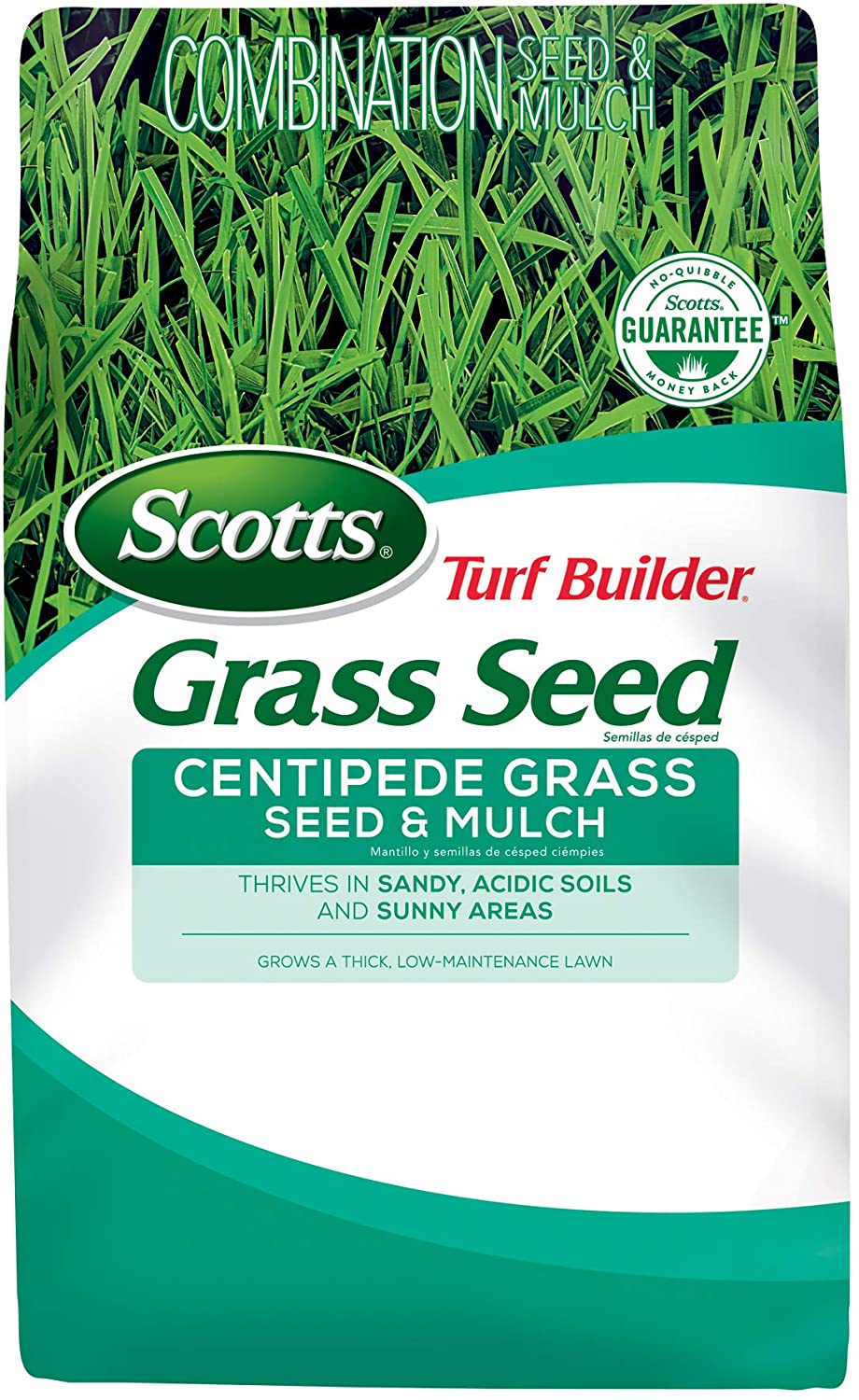
Centipedegrass is another excellent warm-season grass type. It is incredibly low maintenance, leaving you more time to relax on your lawn if that’s what you’re looking for. This grass type can survive impressively in winter weather. If you’re interested in learning more, I recommend reading this article on Centipedegrass vs Bermudagrass.
I recommend getting Scotts Turf Builder Seeds for this product. This incredibly popular brand has provided many people with this ingredient to growing a lawn to be proud of.
Frequently Asked Questions
Answer: If the grass is still revivable, then after three to four weeks, it should come back completely if you care for it properly and regularly. After a week, you should start to notice a difference.
Answer: No, after a certain amount of time, dead grass will reach a point where it can’t be saved. That’s why it’s best to fix the issues as soon as you catch them. Because if not, you run the risk of needing to completely replant your lawn.
Answer: When your grass darts to brown or yellow, it’s safe to assume it’s dying. You’ll need to revive your grass before 5 weeks pass. If you’re unsure how long it’s been brown, follow some of the steps above for a week. If you don’t see much of a change, it’s likely your grass is unrevivable.
Answer: It might be faster replacing your grass completely, and you’ll know that it will likely turn out better. However, with a lot more effort comes the bonus of saving quite a bit of money. I understand it’s not all about the price, but you are better off taking the cheaper alternative.
Conclusion
I hope this article has helped you answer your question on how to revive St Augustine grass and how important it is to keep on top of your lawn.
You don’t want the grass to be brown because it could mean having to replace the entire lawn.

